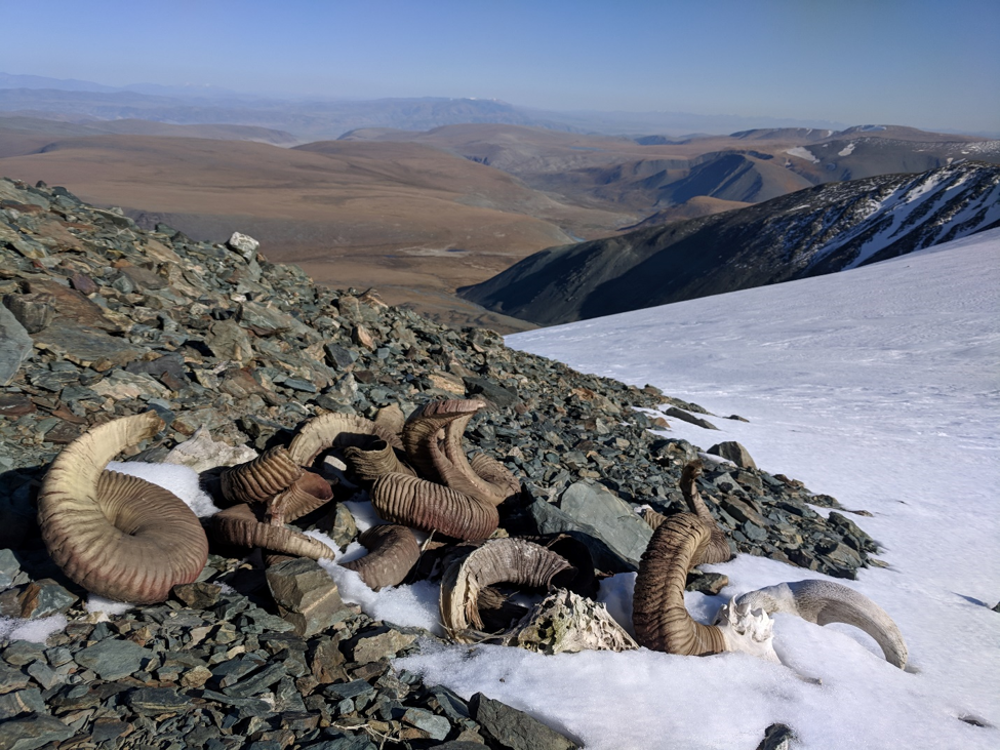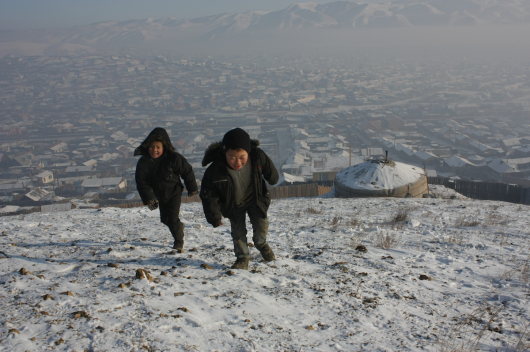The effects of climate change are currently being observed in Mongolia as the summer ice loss harms the health of domestic reindeer and pastures become less viable.
The National Museum of Mongolia and partners are working to identify and preserve ancient materials that are emerging from the melting ice in Mongolia. These materials have given historians much insight into how people, specifically ancient Mongolians, have lived in the past.
According to news sources, one of the first discoveries to emerge from a melted glacier was a finely woven piece of animal hair rope. Archaeologists believe this to be from a bridle or a harness, and its condition made it appear as if it had just been dropped in the ice the day before. However, after a thorough evaluation, archaeologists found that it was over 1,500 years old. This finding revealed things about the lifestyle of ancient Mongolian people, such as their herding practices.
In addition to the bridle or harness piece that was found, archaeologists are finding skeletal remains of many animals that do not even exist anymore. Among these remains are argali sheep, spanning a period of more than three millennia.
Hunting artifacts were found with these skeletal remains which reveals a vital piece of information about the lives of ancient Mongolians: they were not just herders, but also hunters.
As stated on The Conversation, a nonprofit news organization, “these finds demonstrate that big game hunting on mountain ice has been an essential part of pastoral subsistence and culture in the Altai Mountains for thousands of years.”
(Merciad)
 3,575.44
3,575.44












Related News